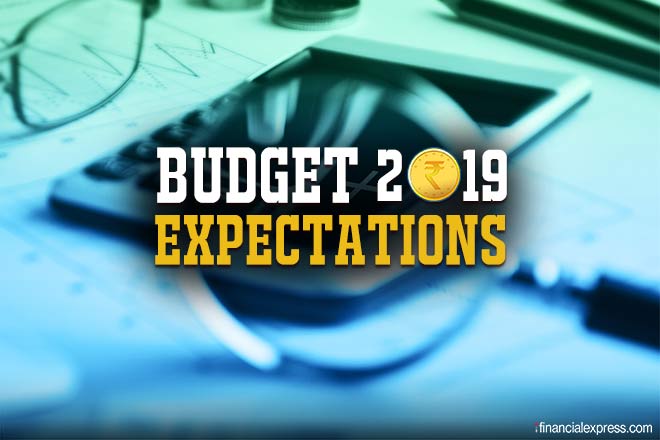Union Budget 2019: Jal Shakti or Water For All will need an innovative approach from the Modi government, says Ranen Banerjee – Partner, Public Finance and Economics, PwC India. In an interaction with Financial Express Online, Ranen Banerjee gives out-of-the-box ideas to ensure water supply to all households. Edited excerpts:
What is the biggest challenge for Jal Shakti or Water For All initiative?
This government can be commended on the scale of activities that it undertakes. We have to Jal Shakti in two parts. One part is the urban sector and the second is in the rural sector. As you know in the urban areas, the responsibility (of water supply) lies with the municipal authorities and the urban local bodies. In rural areas it is with the Public Health Engineering Department or its equivalent in some of the states. For giving direct water supply to all, the scale of operations, investments and skills needed is something which the government would need to think about.
What can Budget 2019 do to address these concerns?
Budget 2019 will need to provide for adequate provisions and transfers to the urban local bodies for the urban sector and the state governments for the rural sector. There could possibly be a partnership between the states and the Centre. There could be a centrally sponsored scheme where states also contribute. That’s something for which we need a much higher allocation to be able to achieve this.
WATCH: Jal Shakti a commendable large scale project to provide water for all: Ranen Banerjee, PwC
What are the 2-3 important steps the government can take for Water for All?
There are two major challenges in Jal Shakti implementation. The first is getting the connections itself. That will require a huge amount of skilled staff not only for first-time implementation but also the operation and maintenance of this large network. Our distribution network and water supply are quite porous and there is a lot of unaccounted for water. We have almost 40-50% wasted water. We need a high-quality network and that network has to be maintained so that wastage is reduced. For that we need skilled resources, especially plumbers. There is a shortage of plumbers and with such a large scale of work it is going to be a challenge. Jal Shakti gives an avenue for larger employment generation. There has to be focus on training for skill development of the people who will implement the project.
The second part cannot be done by the government alone. For the implementation, the government will need to piggyback with the private sector. And the private sector will be expecting insurance on returns on the investment that they make. The government can give direct payments to these companies. There could be an innovative approach that can be adopted by going for 100% metering where bills are generated for an individual household. The households should pay for the water – the cost-plus model. The government could decide that for certain households or for certain levels of consumption a direct benefit transfer reimbursement can be made as soon as the households make the payment.
Also Read | Budget 2019: What is travel and hospitality industry expecting from Modi 2.0
This will lead to two good behaviours. One is that people will try to save and people will also know that the government is paying on their behalf. The additional cost that will be borne by the government is expected to be set off in the future through efficiency gains. There will be a lot of savings in water treatment itself because the quantity of water that would be needed to be supplied in a piped water supply where people are assured of water supply is much lesser than when there is intermittent supply. Over a period of time, people would also be willing to pay for the water.
PM Modi wants to build ‘New India’. Your out-of-the-box idea for this Budget?
On the topic of Jalshakti, the out-of-the-box idea is to go for a Direct Benefit Transfer, 100% metering. Charge the consumers and reimburse the people who deserve to be reimbursed. This will lead to better discipline, efficiency, conservation. The last, that is conservation is an area of concern for us looking at the water stress that the cities and various regions in the country are facing.

